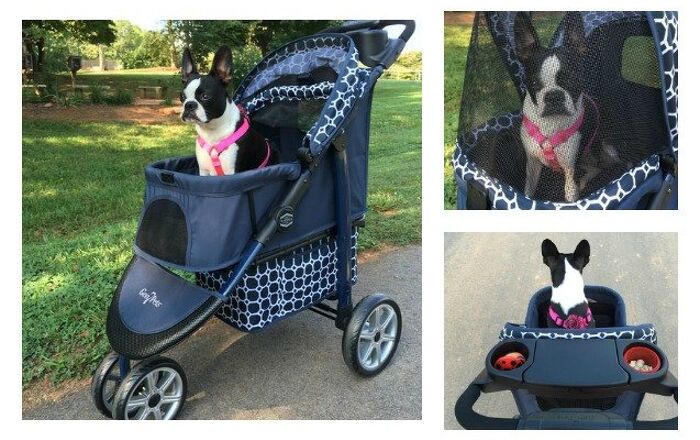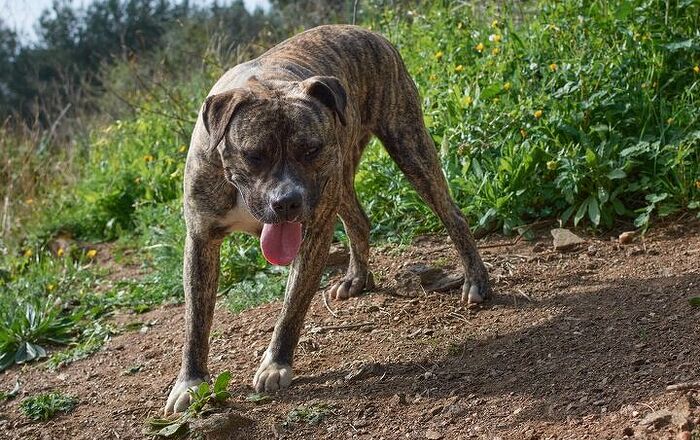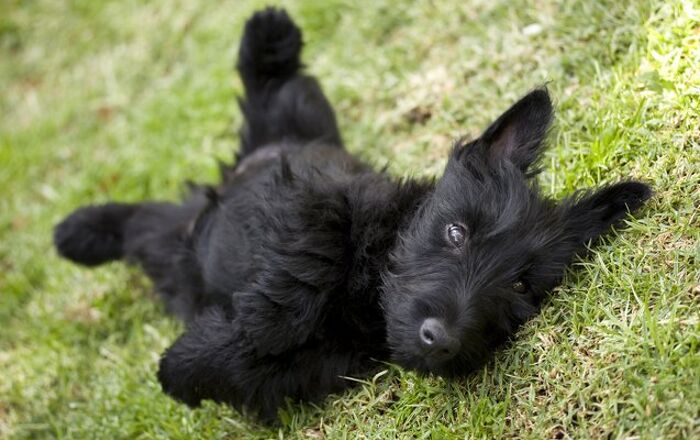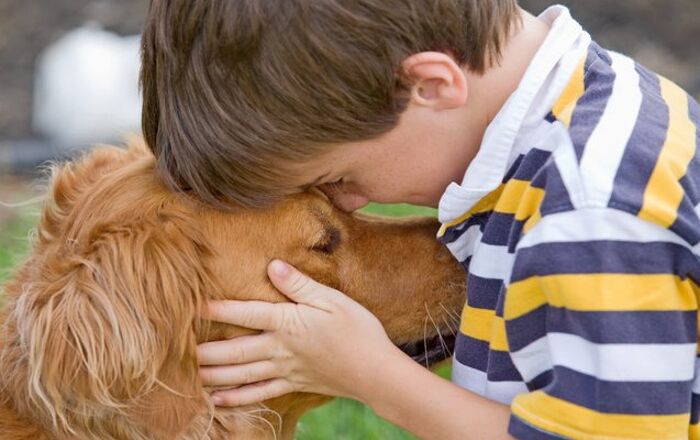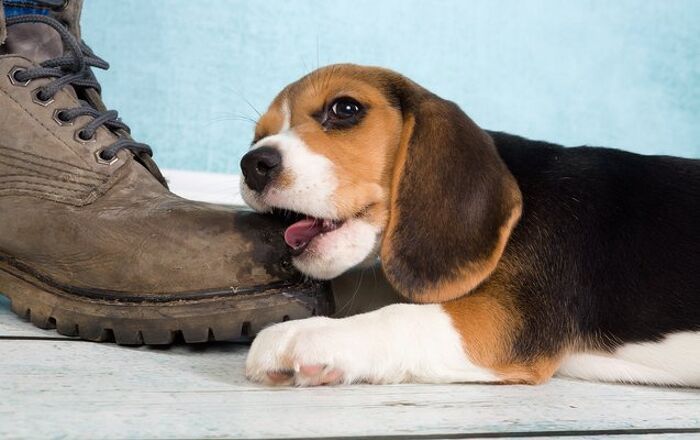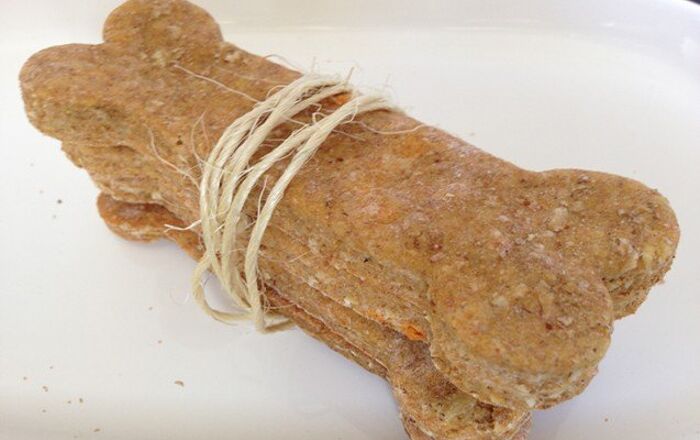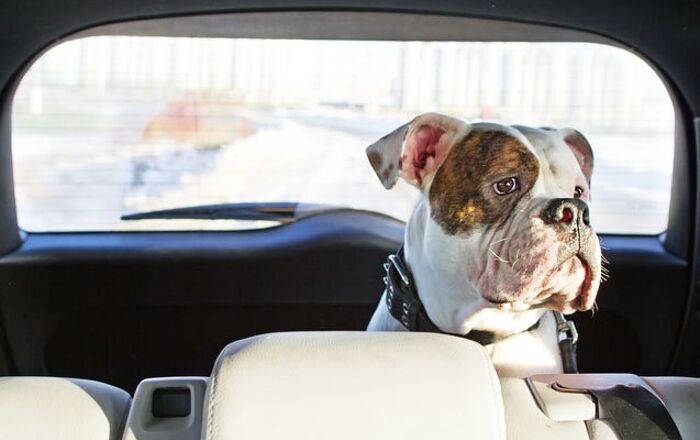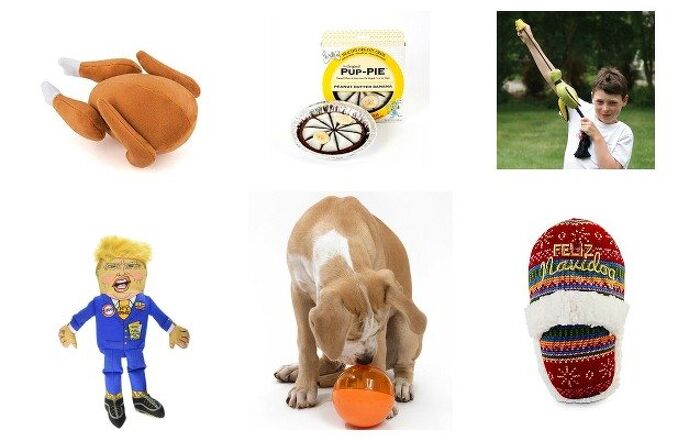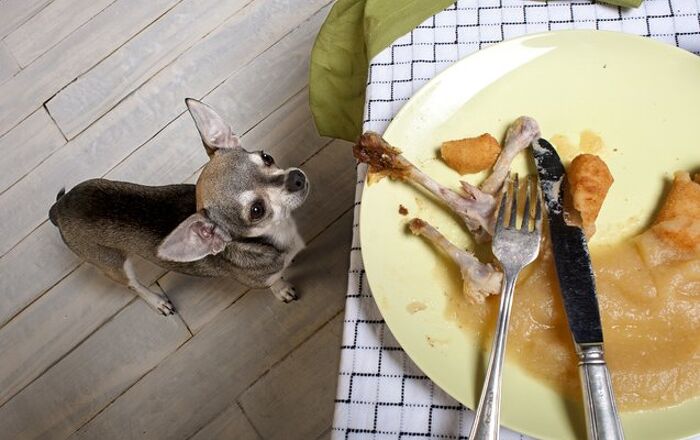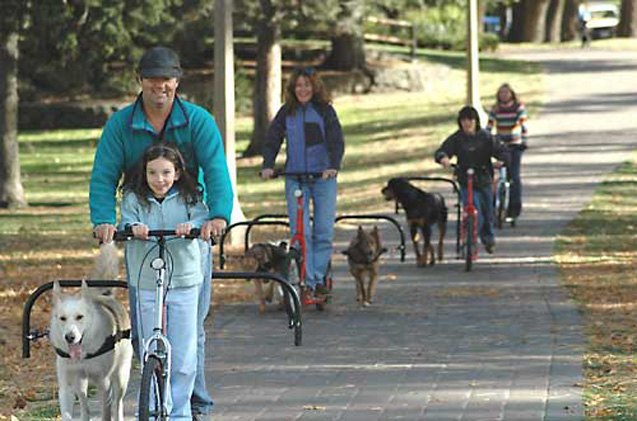
Whether it’s solo or a team, urban mushing is challenging exercise for active dogs
There are some dogs that need more exercise than others. Walks around the blocks and trips to the dog park aren’t going to cut it. If you want to give your dog an exceptional workout, you should try your hand at Urban Mushing.
There are different types of Urban Mushing – dryland mushing, dog scootering, Bikejoring and dog carting – but the concept is basically the same. A dog or team of dogs pulls you on a scooter, bike or cart (the point is that what the dog is pulling should have wheels). Whereas mushing is done in the winter with dogs pulling a sled in snow-covered regions, you can enjoy the benefits of Urban Mushing no matter where you live. It is recommended that urban mushing should be done during the colder months, as it’s easy for dogs to overheat. But you can do it in warmer climates, as long as you monitor your dog closely and keep sessions short.
What kind of dog breeds can be urban mushers? Any dog can be used, as long as they have a high drive, but there are certain dog breeds that are more popular to the sport. These include used Pitbulls, Alaskan Huskies, Eurohound/Sled Hounds, Siberian Huskies, Samoyeds, Malamutes and Pointers. But really, all you need is a dog that can learn mushing commands, can be taught to pull and run and like to be active.
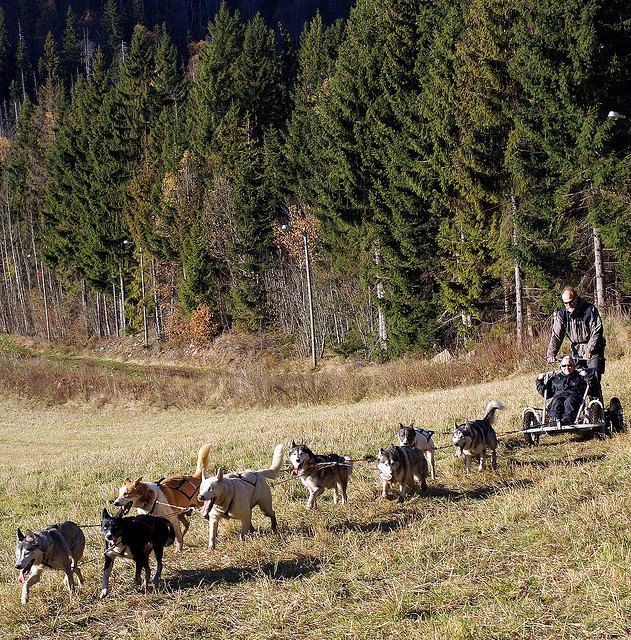
Dryland/Cart mushing
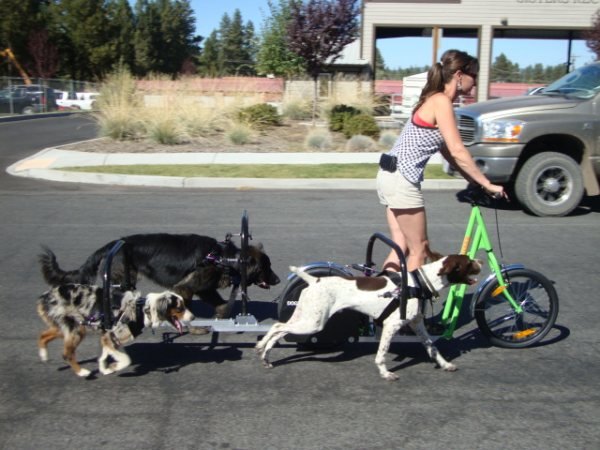
Dog scootering

Bikejoring
Depending on where you live, you’ll often find associations affiliated with different Urban Mushing activities. There are even Meetup.com groups that dedicated to likeminded individuals, helping them to connect and share their passion with other dog owners.
No matter which type of Urban Mushing you decide to try out, be sure to talk to someone that’s already involved in the activity and buy the proper equipment. Do your homework and research the sport on the Internet. There are numerous websites and videos that will help guide you to proper practices, with advice culled from experience. This will make all the difference when it comes to you and your dog’s safety and enjoyment.
Photo credits: dogpoweredscooter.com; Toivocoughlin/Wikimedia; Randi Hausken/Flickr
